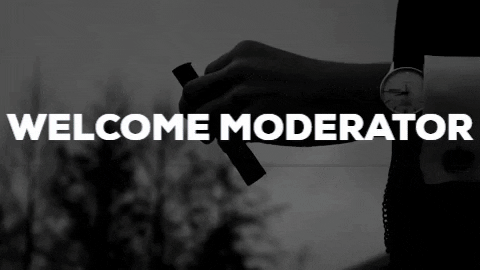In addition, credits were added to product labels and old recipe sheets to enable the audience to understand who created the film and behind it the production team. The camera, however, also adds different parts of the body to the shot, showing the audience that the film is about murder and mystery.
We then used it as an inspiration after viewing the title sequences to create an original title sequence, following the same theme of 'Tabletop'. We did this in groups and set up the table, which followed a theme to create the same enigma. This was created by choosing a set soundtrack for the sequence using props from the range we had. We decided to set the Nostalgia soundtrack by Emily Barker (the song of the Wallander theme).
After choosing the music and choosing the props, we started to start the top of the filming table. We decided to use cash, a brief case, a pistol, a snake, bottles of alcohol, etc. After that, we selected some objects and put them on the table in a way that suggests a story. What we decided to go with was a story that involved a assassination attempt and the enigma being who it was. We utilised a picture of the victim and a large red circle around their face, this was used to act as a stereotypical visual code for a victim who is targeted with the intention to kill.
We didn't want our table top scene to be too static nor did we want it too active. We decided to include 3 examples of movement within the opening: the briefcase to reveal the victim and payment (connoting intent), the snake (suggesting betrayal) and the gun loading (showing the possible end to someone's life and the end of the tabletop sequence).
By adding live action to help viewers visualise the reason behind the story, we continued our filming. We decided to add the sequence at the end to add to the suspense and enigma style of genre. As we saw in Delicatessen, having the live action at the end of a silhouetted figure walking away added a question which we led the audience to have their own questions about.
With the credits, we came up with the idea to try to replicate what we saw in Delicatessen and to try and make the credits flow effortlessly into the opening of the film. Unfortunately we found this to be very time consuming. We found enjoyment in syncing the visuals with the lyrics and the audio of the song, such as when a door is mentioned the live action scene cuts to the man walking towards the door, which i thought was very successful.




Very good. You worked effectively to plan, film and edit a practice opening sequence, adding sound and titles.
ReplyDelete